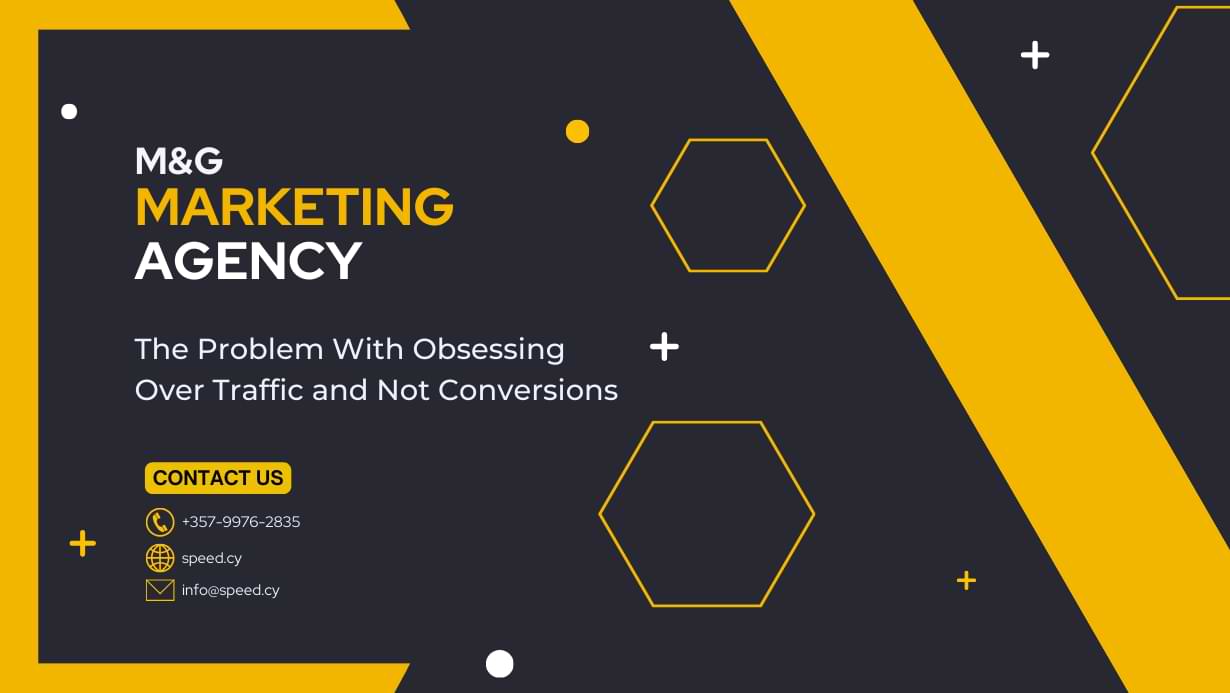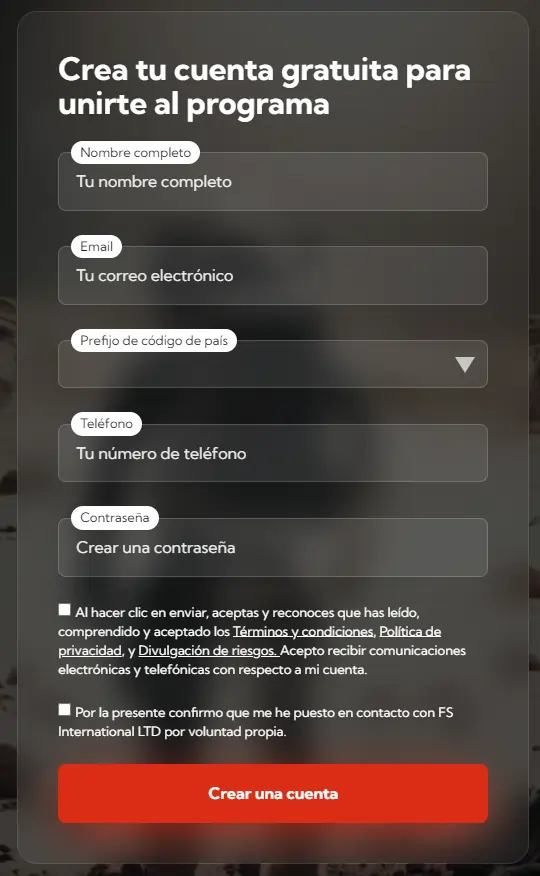You want more traffic to your website. I get it. More traffic sounds great on the surface. But here’s the truth: traffic isn’t your most important metric. Conversions are.
And what’s a conversion? It’s when someone takes a desired action on your website. This could be signing up for your newsletter, filling out a contact form, or purchasing a product. Conversions represent real business value, while traffic on its own doesn’t tell you much.
So if you’re focused solely on driving more traffic to your site without tracking conversions, you’re missing out on crucial data. You might be attracting thousands of visitors, but if few convert, all that traffic is wasted.
Instead of chasing traffic for the sake of traffic, shift your focus to improving your conversion rate optimization (CRO). This people-first approach will grow your business and help you turn website visitors into customers.
The Problem With Obsessing Over Traffic
It’s easy to get distracted by big traffic numbers. 10,000 visitors sounds fantastic, right? But what if only 10 people signed up for your mailing list? That’s a conversion rate of just 0.1%.
Driving traffic is important. But raw traffic metrics alone don’t tell you if those visits are quality. Targeted traffic that converts is far more valuable than a tidal wave of random visitors.
Here are some of the biggest problems with over-prioritizing traffic volume:
- Missed opportunities: Lots of traffic but few conversions represents lost chances to capture leads and sales. All those non-converting visits could have been customers.
- No optimization: If you’re not tracking conversions, you have no way to tell which pages perform best. This makes optimization nearly impossible.
- Wasted marketing spend: Driving more low-quality traffic can devour your advertising budget. The costs add up without any payoff.
- Frustration: Few things are more demoralizing than traffic that doesn’t convert. You’ll feel like your hard work was for nothing.
The data shows that high conversion rate sites consistently outperform sites that simply have lots of traffic. Driving traffic is just step one. Converting that traffic into ROI is what matters.
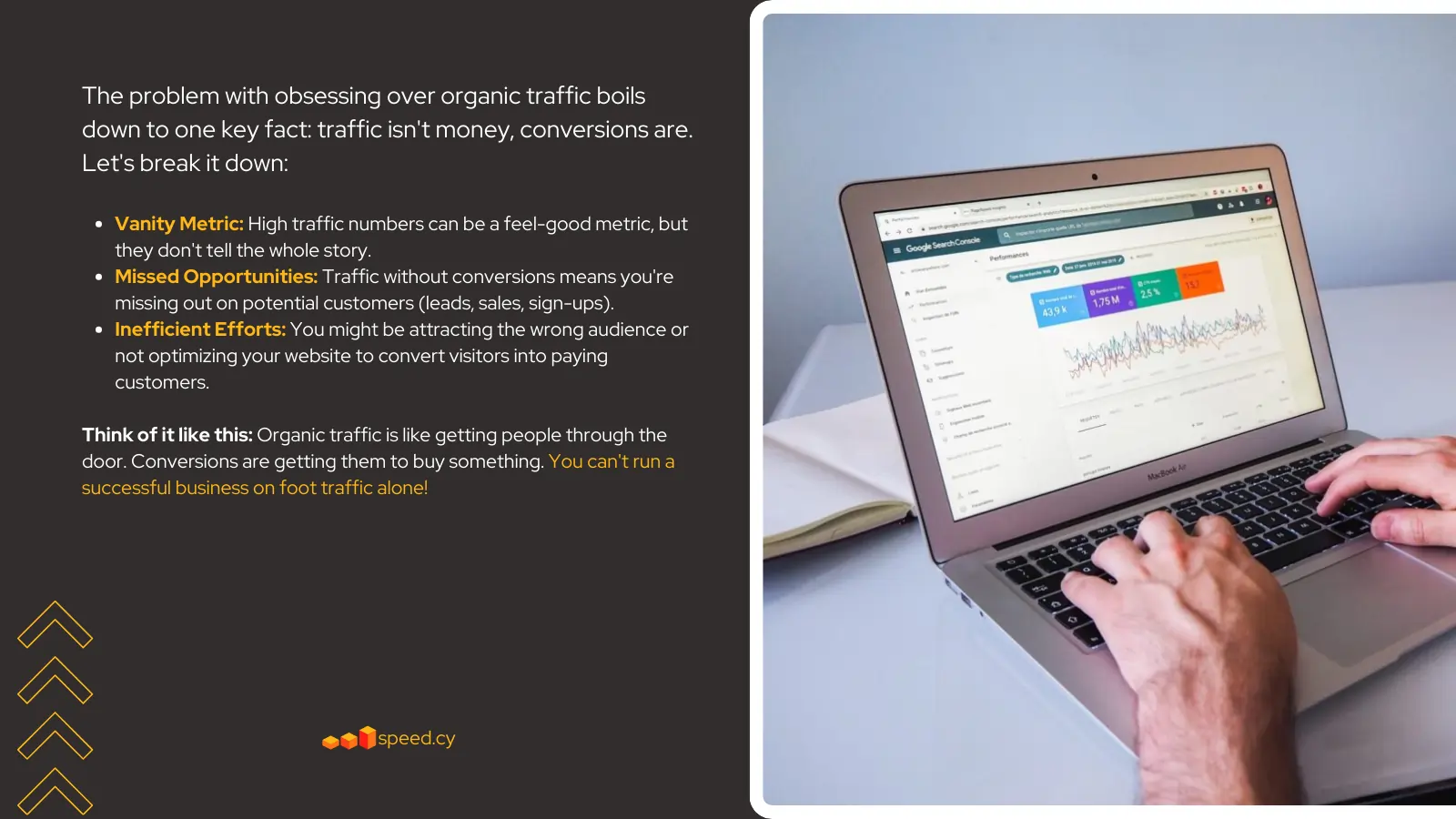
What Are Conversions?
Put simply, a conversion is any desired action a visitor takes on your site. Here are some of the most common website conversions:
- Email sign-ups: Joining your mailing list via a signup form. This allows you to market to them later.
- Contact form submissions: When a visitor fills out a “Contact Us” form to reach out or request information. This generates a sales lead.
- Purchases: The ultimate conversion – when someone buys your product or service.
- Content downloads: Visitors can download gated content like whitepapers, ebooks, or templates in exchange for an email address.
- Scheduling a call/demo: Some sites allow users to book calls or demos right from the website.
Tracking these conversions gives you crucial business insights. You’ll see which pages encourage conversions, find sales bottlenecks, and identify traffic quality issues.
In other words, honing in on conversions keeps you focused on business growth rather than vanity metrics like traffic.
Traffic Volume Still Matters (To a Point)
Now you may be thinking: who cares about conversions if I don’t have any traffic in the first place?
It’s true – some baseline of traffic is important. A completely dead site won’t convert anyone.
But don’t fall into the traffic volume trap. The quality and intent of your traffic matters far more than the quantity.
For example, 1,000 targeted visitors who are interested in your niche are far more likely to convert than 10,000 random people. Conversion optimization begins with driving the right traffic.
Here are two strategies for getting traffic that converts:
- Target “micro-moment” searches: When someone searches “how to bake bread” or “best yoga mats,” they have an immediate need your content can address. Create content optimized for those micromoments.
- Go after buyers, not tire kickers: Instead of broad phrases, target specific keywords like “buy coffee online” that indicate purchase intent. Traffic sources like PPC ads can help.
Remember, chasing raw traffic volume alone is an uphill battle. Start by focusing on the right kinds of visitors.
Why You Must Track Website Conversions
If you’re not tracking conversions, you’re flying blind. Without conversion data, you have no idea how well your site is actually performing.
Conversion tracking provides incredibly valuable insights like:
- Which web pages encourage conversions
- Where visitors are dropping off
- Your best traffic sources
- Conversion bottlenecks and UX issues
Armed with this data, you can optimize every aspect of your website for higher conversion rates.
But without tracking, you can’t measure progress or see what’s working. As the saying goes: if you don’t track conversions, you can’t improve conversions.
Luckily, implementing basic conversion tracking is easy and free. Google Analytics is a powerful, free tool that lets you track conversions from email signups, contact forms, purchases, and more with just a few clicks.
There’s no excuse not to start tracking website conversions today. Once you do, you’ll unlock a goldmine of data to help grow your business.
How to Improve Your Website’s Conversion Rate

Once you’re tracking conversions, you can start optimizing your site for higher conversion performance.
Here are some best practices to get started:
- Optimize landing pages: Your landing pages should speak directly to visitor intent and move them to convert. Remove distractions and make calls to action clear.
- Streamline forms: Long, complex forms hurt conversions. Shorten forms to just essential fields. Reduce friction wherever possible.
- Improve page speed: Sites with slow load times have high bounce rates. Speed up your pages to keep visitors engaged.
- Enhance mobile experience: Over half of traffic is from mobile devices. Ensure your site is mobile-friendly and easy to use on the go.
- Re-engage traffic: Use email sequences, retargeting ads, and social media to bring back non-converters. Give them an extra nudge.
These conversion rate optimization (CRO) tactics make it easier for your traffic to convert. Paired with messaging that speaks to customer micro-moments, you’ll see higher ROI from all aspects of your marketing.
Advanced Conversion Rate Optimization Techniques
Once you have conversion tracking set up, you can begin leveraging more advanced optimization techniques like A/B testing and heat mapping.
A/B testing allows you to test different versions of page elements like headlines, calls to action, and more. By testing multiple variants against each other, you can determine which options increase conversions. Many tools like Optimizely and VWO simplify the A/B testing process.
Heat mapping provides visual insight into how visitors interact with your pages. You can see exactly where they click, scroll, and hover their cursor. This reveals opportunities to improve page layouts and remove friction. Popular heat mapping tools include Hotjar, Crazy Egg, and Inspectlet.
The Revenue Impact
Numerous studies reveal how significantly conversion rate optimization lifts revenue:
- A B2B SaaS company increased trial signups by 302% with CRO. Link to case study.
- An ecommerce retailer saw conversions rise 258% and revenue grow by $224 million annually. Link to data.
- CRO often delivers returns of 200% to 500% on time invested based on optimization. Link to research.
The data shows that improving conversion performance leads to substantial gains. For instance, heat mapping helped FXGlobe’s landing page conversion rates surge by 89.3%, generating over $380,000 in additional annual revenue [link]. The return on CRO can be dramatic.
Landing Page & Form Best Practices
When designing landing pages that convert:
- Ensure critical elements are “above the fold” – visible without scrolling down
![Website Traffic Vs. Conversions: Stop Obsessing Over Traffic And Focus On What Matters 3 [screenshot] strategy to optimize conversion rate](https://speed.cy/wp-content/uploads/2024/03/improving-the-conversion-rate-of-a-landing-page.width-1600.format-webp.webp)
- Use contrasting buttons/CTAs that attract the eye
![Website Traffic Vs. Conversions: Stop Obsessing Over Traffic And Focus On What Matters 4 [screenshot] using contrasting buttons/ctas that attract the eye to improve conversions](https://speed.cy/wp-content/uploads/2024/03/cro-using-the-right-CTA.width-1600.format-webp.webp)
- Align page layout with F-Pattern scanning
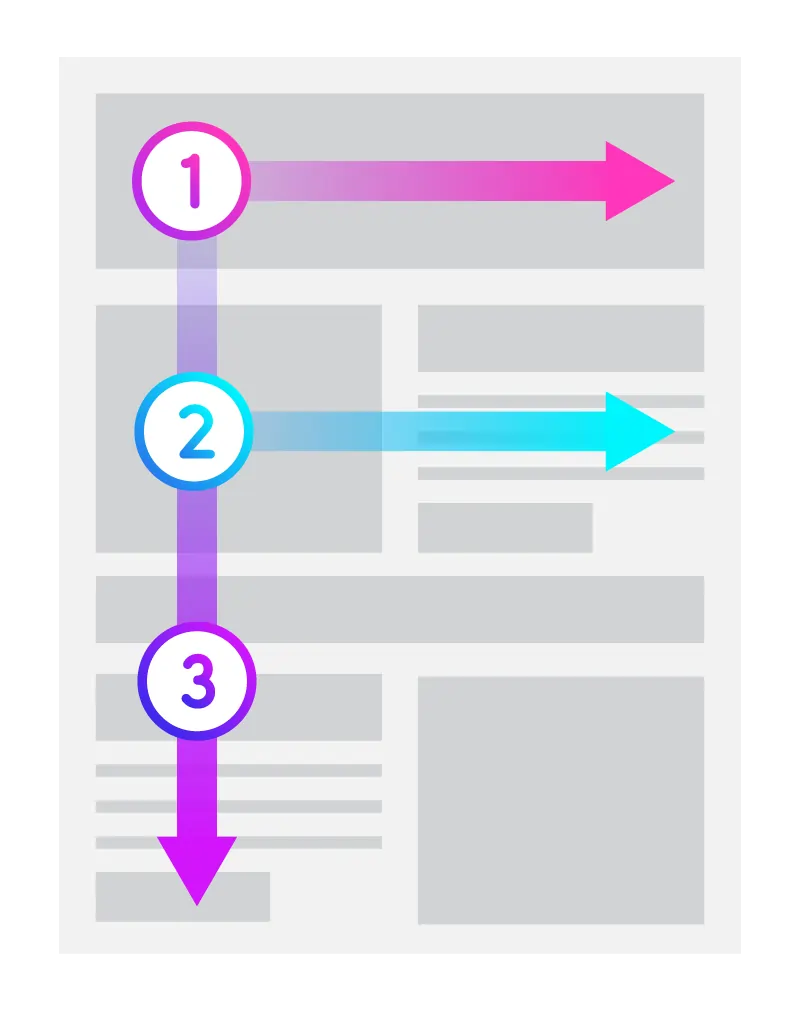
To optimize forms:
- Only include essential fields
- Use smart default values
- Add micro-interactions after each field:
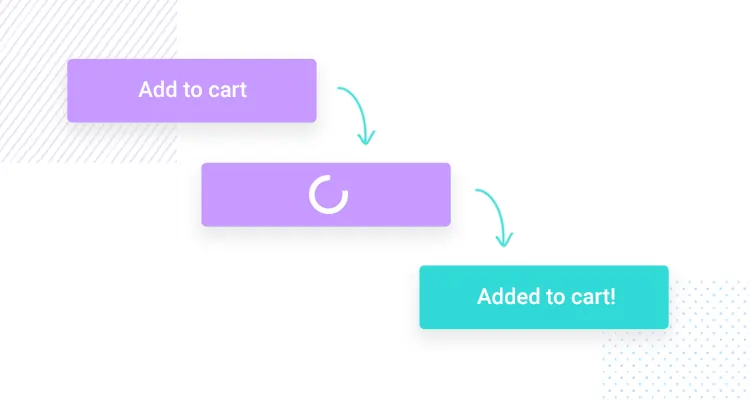
These techniques make it easy for visitors to find value, stay engaged, and convert.
Traffic and Conversions Work Together
Here’s the key insight: traffic and conversions are a team.
Traffic brings visitors to your site. Conversions turn them into leads and customers.
You need both. But ultimately, conversions represent the business value you’re getting from your marketing efforts.
Don’t make the common mistake of obsessing over traffic alone. Shift your focus to tracking and improving conversions. You’ll immediately unlock crucial data to help your business thrive.
The next time you look at your website analytics, ignore the traffic number. Check your key conversion metrics like email signups, contact form submissions, and purchases.
Are you tracking conversions yet? If not, now is the time to start.
Complementary reaad: Website Traffic vs. Conversion: What is More Important?

